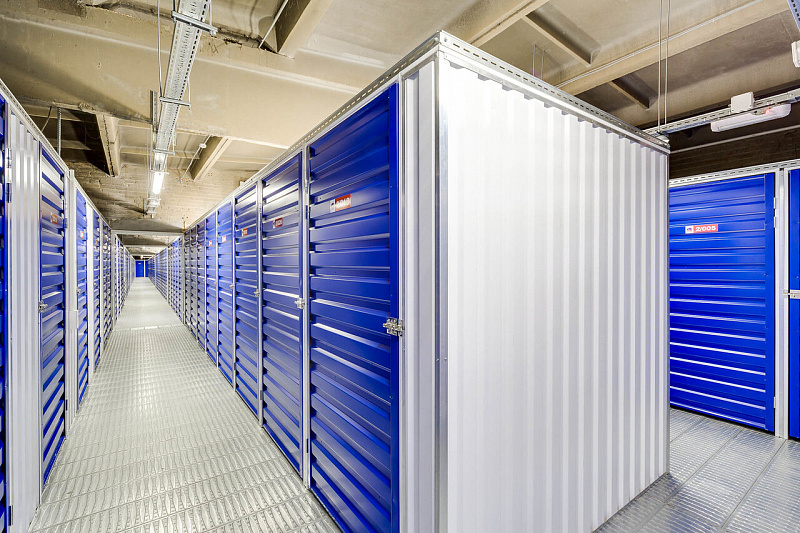Understanding the Self-Storage Industry
Self-storage, also known as mini-storage or public storage, has experienced tremendous growth over the past few decades. The self-storage industry provides storage units or lockers for individuals and businesses to store their belongings. Customers rent storage space on a short-term or long-term basis, with units ranging in size from small 5×5 lockers up to larger drive-up garage-sized units.
Self-storage first emerged in the United States in the late 1960s as an alternative to traditional warehousing. Early self-storage facilities offered small individual storage spaces that were more reasonably priced and convenient than full-service warehouses. The idea caught on as Americans increasingly downsized their living spaces yet still accumulated possessions. Consumers appreciated the affordable month-to-month rental model which required no long-term commitment.
By the 1990s, Self-Storage had become a $10 billion industry in the U.S. alone. Continued growth has been fueled by ongoing trends like increased mobility, smaller living quarters, inheritance of family goods, natural disasters, and the cyclical nature of renovating and remodeling homes. The Great Recession further boosted industry revenues as many households and businesses turned to self-storage to purge excess possessions or consolidate operations.
Types of Self-Storage Facilities
While all self-storage facilities offer enclosed personal storage space for rent, the setup and amenities of storage operations can vary significantly. Here are some of the main types of self-storage facilities:
– Indoor Climate-Controlled Storage: These facilities provide drive-up storage units inside temperature-controlled buildings. Customers can drive right up to their unit for easy loading and unloading.
– Outdoor Storage: Outdoor storage facilities offer ground-level storage units outside without temperature control. These units tend to be less expensive but risk damage from weather.
– Secure Unit Storage: For valuable items, some Self-Storage centers offer individually alarmed units with enhanced security like restricted keypad access.
– Drive-Up Storage Garages: Large drive-in garages allow convenient storage of vehicles, boats, and RVs under a roof with roll-up doors for easy access.
– Portable or Mobile Storage Containers: For major moves or clean outs, portable on-site containers provide heavy-duty mobile storage.
– Climate-Controlled Wine Storage: Specialized facilities maintain the optimal humidity and temperature controls required for collecting and storing wine and spirits.
– Personal Storage Lockers: Small personal lockers provide short-term allotted storage similar to those at health clubs or public parking facilities.
Choosing the Right Storage Unit
When searching for a self-storage unit, evaluating your needs, budget, and location preferences will help you choose the optimal facility and space size. Consider the following factors:
– Inventory Amount: Estimate the overall square footage required based on all items to be stored. Oversized units cost more per month.
– Climate Control Importance: Climate-controlled units provide protection from temperature/humidity fluctuations but cost more per month.
– Access Frequency: How often will you need to access items? A conveniently located facility may be worth a higher cost.
– Term/Contract: Monthly rates are usually lower than shorter-term options like weekly, and there may be setup fees. Most allow month-to-month flexibility.
– Extra Security: Individual extra locks and alarms offer best theft protection for valuables but include additional costs.
– Amenities: Consider nearby conveniences like rental trucks, packing supplies, or residential mailbox services.
– Online/Mobile Features: Ensure a facility allows online payments, account access, unit monitoring, or remote control of access points.
Taking the time to compare storage facilities on factors like costs, features, reputation and driving distance can help you choose the right self-storage solution aligned with your needs and budget.
*Note:
1. Source: Coherent Market Insights, Public sources, Desk research
2. We have leveraged AI tools to mine information and compile it




